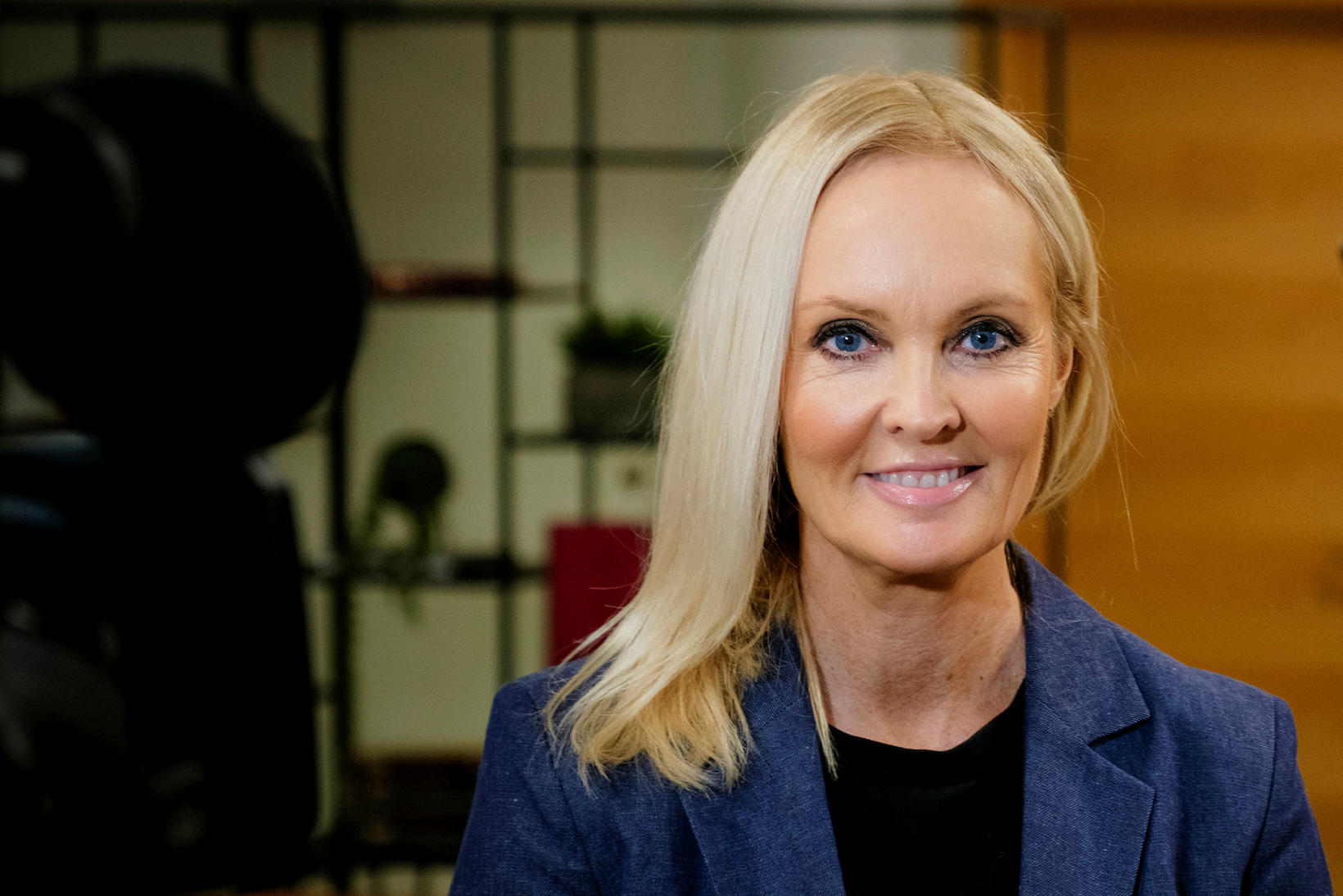“Then it is pointless to talk about a living wage increase”
Sigríður Margrét Oddsdóttir, CEO of the Confederation of Icelandic Employers (SA). mbl.is/Kristinn Magnússon
Sigríður Margrét Oddsdóttir, CEO of the Confederation of Icelandic Employers (SA), is concerned about whether there is enough money for the wage increases that the new collective agreement for teachers includes. She also wonders who will pay for them.
Oddsdóttir also hopes that some changes have been agreed to the working arrangements and conditions of teachers, which will accommodate the wage increases that they will receive above others.
“From our own perspective, we know that if we are going to maintain price stability, we must be careful to keep raising wages in line with what is available.
Room for wage increases of 3.5 to 4 percent
A new four-year collective agreement for teachers with the state and municipalities was signed yesterday, but it still has to be voted on by the members of the Icelandic Teachers’ Union. The agreement includes a 24 percent wage increase over the term of the agreement.
These are considerably more wage increases than there is room for maneuver, according to Oddsdóttir. She also points out that the last collective bargaining agreements were made in a very broad consensus and that the vast majority of groups have now negotiated for less wage increases, or in the ballpark of 17-19%.
"The scope for wage increases, which is consistent with price stability, is between 3.5 and 4 percent. It is in the spirit in which we made the stability agreements last year. There, the cost estimate for the economy as a whole was around 4 percent per year for four years."
The public sector need to stop leading wage developments
Oddsdóttir says it is worth keeping in mind that SA demands that companies within the organization's network adhere to the collective bargaining agreements. Companies are encouraged to hold back wage drift and be an organization for price stability.
"We must therefore demand that the wage policy agreed upon in the general labor market be followed. And that public payers stop leading wage developments in the country."
She also says that the special rights of public employees to wages must be assessed when collective bargaining agreements are being made
"If we fail to do this, then it is empty talk to talk about rising living standards, economic stability, lower inflation, and lower interest rates."
Wages the second largest cost item
Oddsdóttir points out that when looking at government spending if they are classified in an economic way, the two largest cost items are wages on the one hand and social security contributions on the other.
"There is now a bill before us on changes to disability and old-age pensions based on the wage index. Going far beyond what is available will affect the state's costs."









/frimg/1/57/93/1579337.jpg)

/frimg/1/57/94/1579405.jpg)